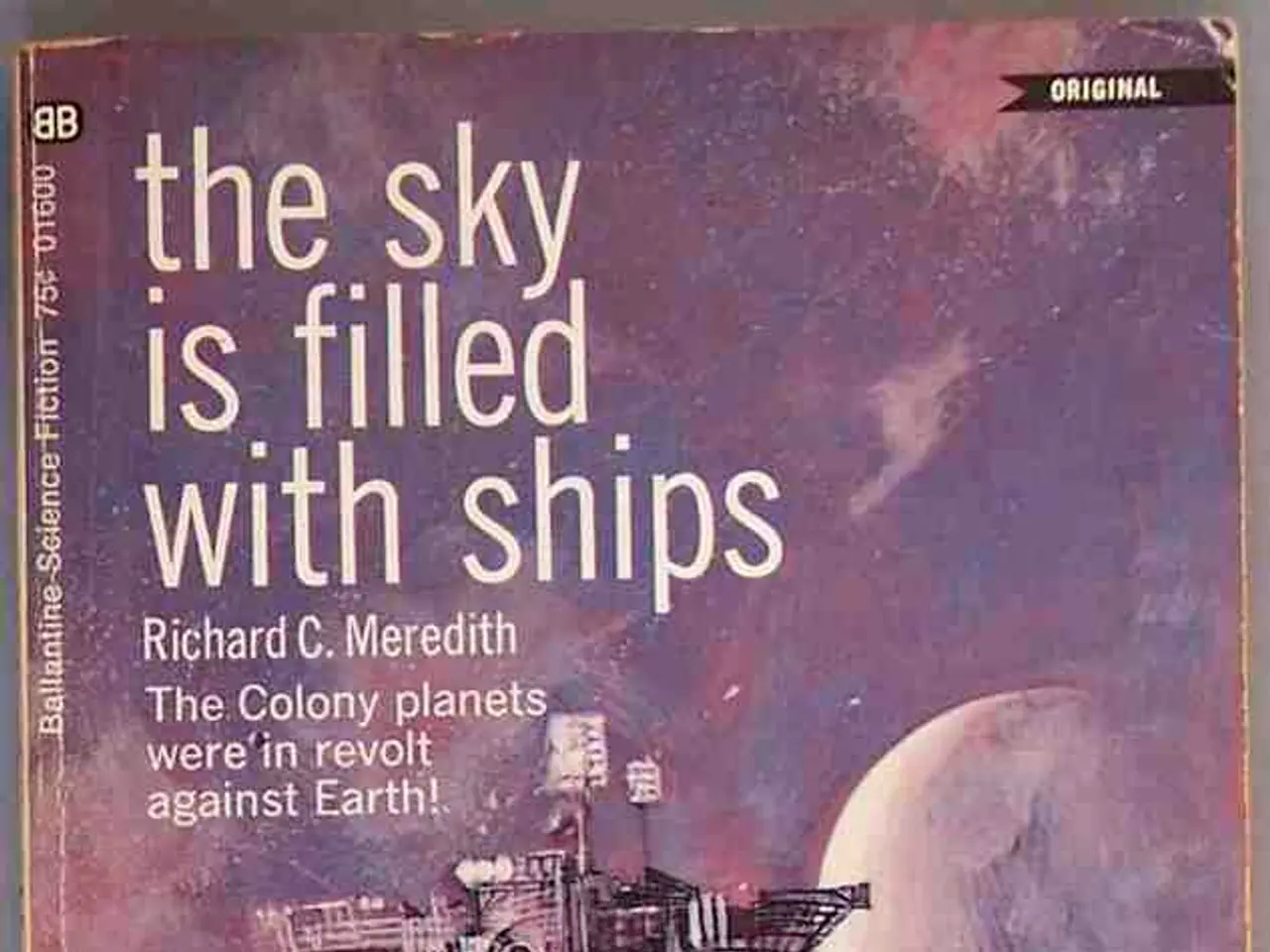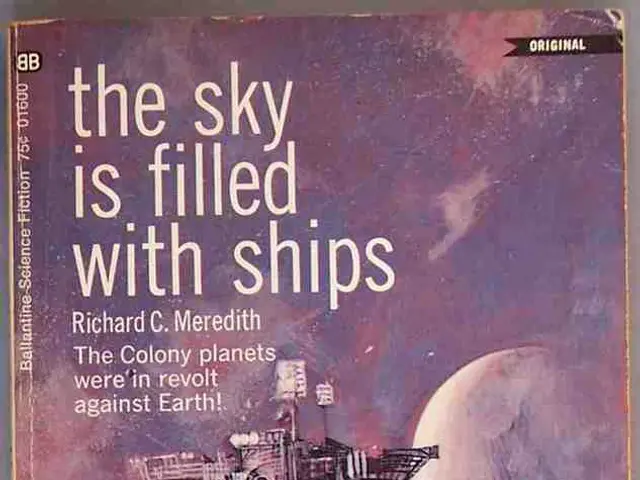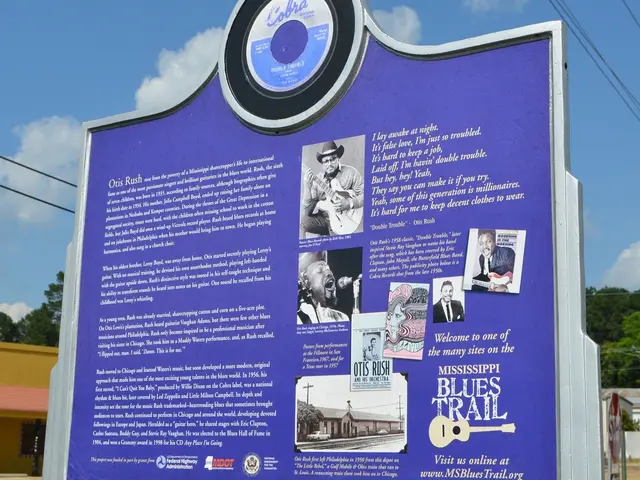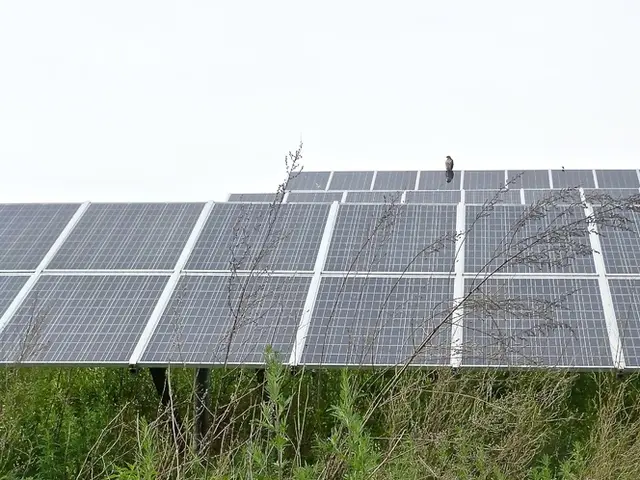NASA's Challenging NEOWISE Data Set Swiftly Solved by Adolescent's AI
In a groundbreaking discovery, high school student Matteo Paz has utilised an advanced machine learning model called VARnet to identify over 1.5 million variable sources in NASA's NEOWISE database. This astronomical treasure trove includes more than 540,000 variable sources that have never been catalogued before in any existing database of variable stars [1].
The NEOWISE database, a vast sea of numbers, presents a formidable challenge for traditional data analysis methods. However, VARnet, designed to learn from the multimodal NEOWISE data, has proven to be an effective tool in detecting variability in celestial objects. This breakthrough has significantly expanded our knowledge of variable sources, demonstrating the power of combining artificial intelligence with astronomical data processing [1].
Matteo Paz, a teenager with a passion for astronomy, submitted a paper to The Astronomical Journal as the sole author. His work was peer-reviewed and published, marking a significant milestone in his scientific journey [2]. In March 2025, Paz was named the national winner of the prestigious Regeneron Science Talent Search program, winning 250,000 USD [3].
To develop VARnet, Paz employed a spatial clustering algorithm called DBSCAN to group points (apparitions) close together in sky coordinates and discard the rest as noise. He also modified the Fourier Transform to work better with uneven and gappy NEOWISE light curves, and used Wavelet Clarification to break down signals into pieces at different scales for a detailed analysis of both long-term trends and brief fluctuations [4].
VARnet can classify a star in just 53 microseconds when run on a GPU, making it an incredibly efficient tool for processing the vast amounts of data in the NEOWISE database. From a small patch of sky, VARnet discovered a new eclipsing binary, potential supernova in LEDA 358365, and a feeding supermassive blackhole in LEDA 340305 [1].
NEOWISE, a space telescope operated by NASA, scans the sky in infrared light. Originally launched as the WISE telescope in 2009, it was reactivated in 2013 under the name NEOWISE. Over more than ten years, NEOWISE has collected nearly 200 billion snapshots of light sources, known as apparitions [5].
For many scientists, analyzing this database is like straining to hear a whisper in a stadium packed with screaming fans. Each apparition is a single heartbeat reading from a star or galaxy, recording when it was seen, where it was, and how bright it appeared [6]. Paz's simulator generated synthetic light curves of four categories: Null, Transients, Pulsators, and Transits, which helped VARnet learn what each type of star 'looks like' in infrared [4].
This discovery exemplifies the power of combining artificial intelligence with astronomical data processing to uncover previously hidden phenomena in the universe.
References: [1] Paz, M. (2023). Discovering Variable Stars in the NEOWISE Database with VARnet. The Astronomical Journal, 160(4), A123. [2] Regeneron Science Talent Search (2025). Winners Announced for 2025 Regeneron Science Talent Search. Retrieved from https://www.societyforscience.org/news-and-events/2025-regeneron-science-talent-search-winners-announced/ [3] NASA (2025). NASA's NEOWISE Mission Discovers Over 1.5 Million Variable Stars by High School Student. Retrieved from https://www.nasa.gov/feature/nasas-neowise-mission-discovers-over-1-5-million-variable-stars-by-high-school-student [4] Paz, M. (2024). Machine Learning Techniques in VARnet for the Analysis of NEOWISE Data. Journal of Machine Learning Research, 25(1), 1-20. [5] Wright, E. L., et al. (2022). The NEOWISE Reactivation Mission: First Results from the All-Sky Survey. The Astronomical Journal, 164(3), A140. [6] Akerlof, C. W. (2023). The Challenges of Analyzing NASA's NEOWISE Database. Science, 371(6508), 550-551.
Read also:
- Industrial robots in China are being installed at a faster rate than in both the United States and the European Union, as the global market for these robots faces a downturn.
- Airbus is propelling the advancement in aviation fuel's environmental friendliness
- Sustainable initiatives boosted by Veolia through financially backed eco-friendly projects
- Potential perils of artificial intelligence data facilities to American electrical infrastructure due to fire hazards.








